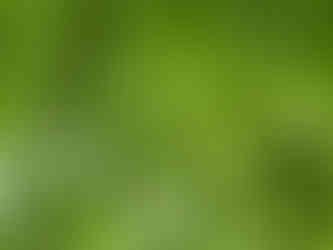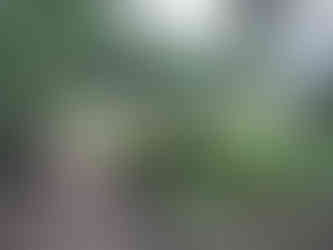Curating a Summer Palette with Natural Dyes. From Garden to Garment
- Suzanne Dekel
- 11 hours ago
- 3 min read
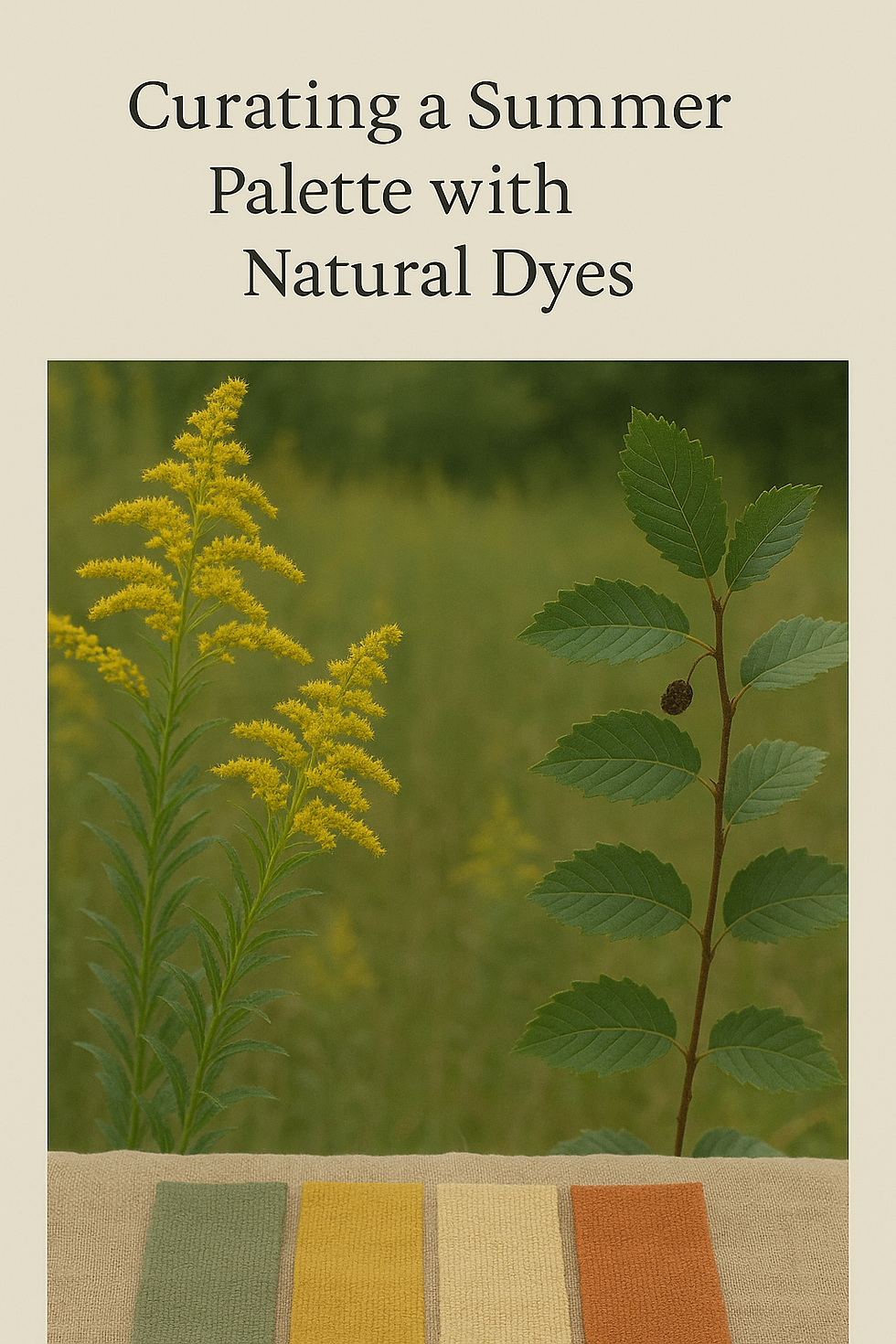
This year, that feeling hit me in rural France. We were surrounded by goldenrod swaying in the breeze, alder trees lining the riverbanks, and majestic chestnut trees heavy with spiny green burrs. Even without my usual studio setup, I found myself mentally building a dye palette as I walked, tuned to the possibilities in those leaves, flowers, and bark.
I already resolved that next year, I will send the men away for a day (or two) and I will bring more pre-mordanted fabric swatches to make my dyeing easier and save time. If I put them in well-marked ziplock bags they will not take up much space at all (we travel carry on) nor will they add much weight.
Start with Nature’s Palette
Because darn, those summer flowers and leaves got me inspired! Twice, we had an entire estate (almost) to ourselves, filled with trees, flower beds, fruit trees and fragrant grass patches, and even a little lake with kingfisher birds and big carp.
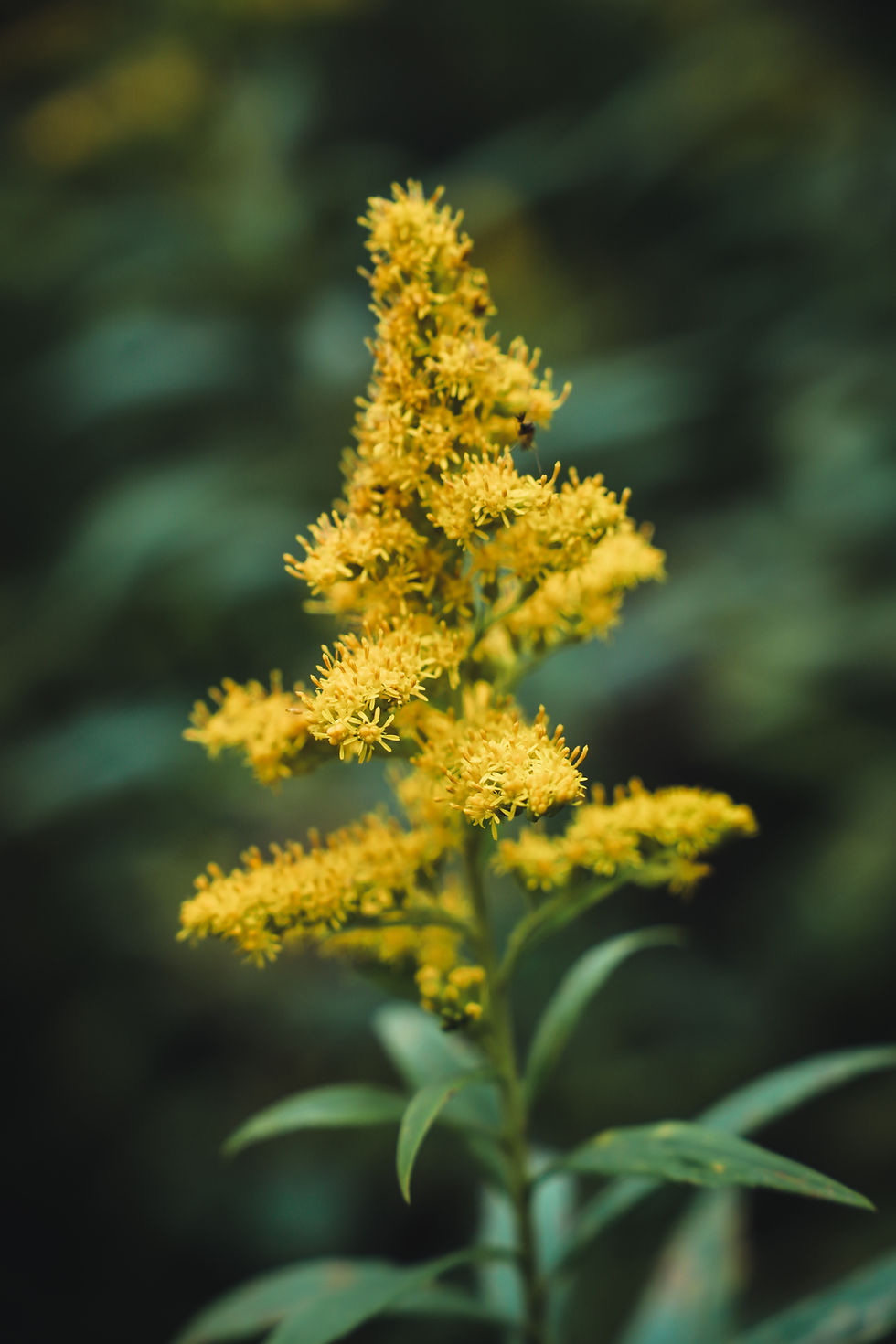
Goldenrod – A classic late-summer yellow, rich and warm. The blooms almost glow in the field, and on wool or silk, they yield soft to bright golden tones. Freshly picked and used the same day, they’ll reward you with saturated, sunny color that holds the warmth of August.
You will need to pair goldenrod with an alum-based mordant, as this flavonoid needs that to stay on your fabric permanent.
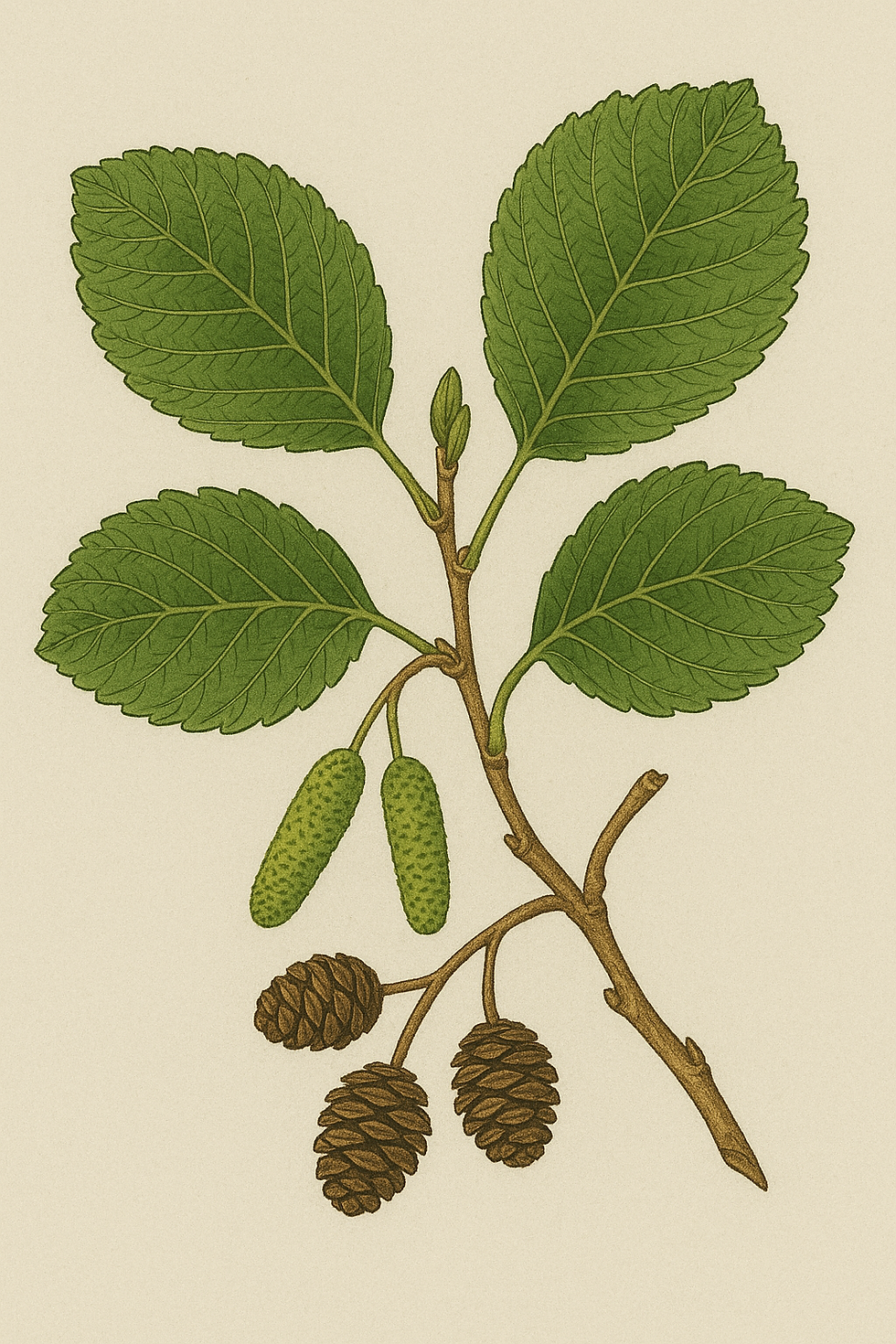
Alder (Alnus) – The bark and cones of alder give a surprising range, from soft peachy browns to warm reddish tans. The color deepens beautifully with iron, becoming smoky and autumnal, which is perfect for grounding a summer palette that risks becoming too bright.
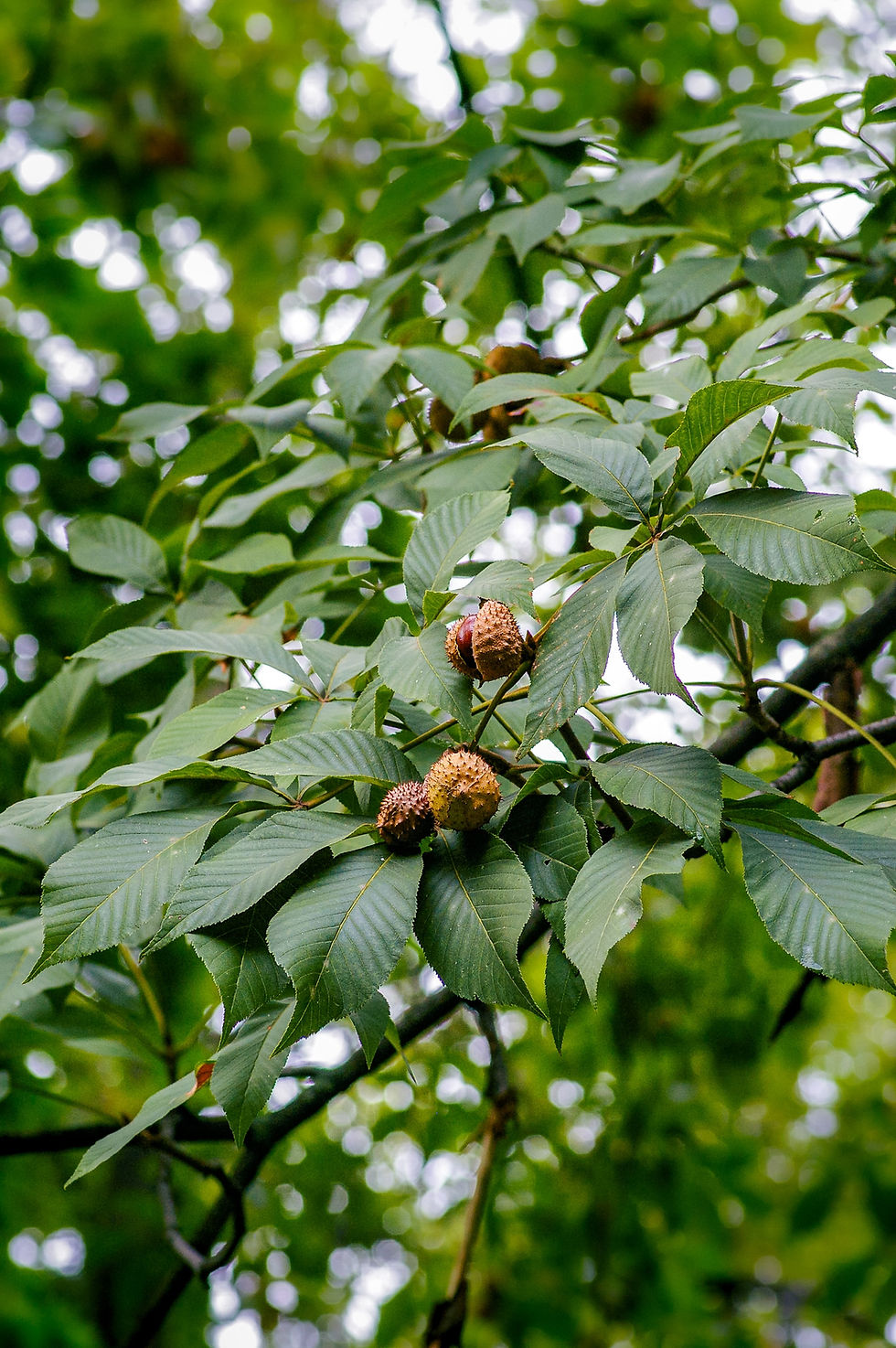
Chestnut – The leaves, bark, and even the green husks are tannin-rich, making them excellent for creating warm beige and fawn shades (no mordant nescesary), or as a tannin base before over-dyeing.
In France, the chestnuts were so abundant it felt like the forest itself was offering a dye pot.
Mordanting and Modifiers: The Subtle Alchemy
Aluminium TriFormate remains my gentle, go-to mordant—especially for maintaining the clear brightness of goldenrod.
Iron with alder will give you rich, greyed-out browns and taupes, that would be beautiful on French vintage linen.
Tannin + Alum (from chestnut) before goldenrod or cochineal can give more depth and staying power to the colors, while softening that bright yellow and fuchsia pink.
A touch of alkaline (wood ash water, or soda ash) will shift goldenrod toward brighter citrusy yellows, while acidic rinses can bring it back to a mellow gold.
Layering Light: Mix, Dip, and Play
Over-dye goldenrod with a short dip in indigo for sage greens—a perfect reflection of French meadows where yellow flowers meet blue sky.
Alder bark over-dyed with cochineal creates dusky roses, while iron-modified chestnut tannins under madder will gift you deep brick reds.
Try sequential baths in goldenrod, then chestnut, for golden-tan shades that feel like sun-warmed wood.

Tools and Process: Holiday Dyeing Made Simple
In France, I didn’t have my big stainless dye pots, so you will have to improvise with small enamel pans, gentle heat, and plenty of patience. Fresh plant material is forgiving; the key is to give it time and let the dye liquor fully develop before you introduce the fiber.
Practical Tips for the At-Home Shaded Summer
Collect goldenrod when the flowers are open and dry and avoid faded blooms.
For alder, use the inner bark or the plentiful small cones from the ground, always harvest responsibly.
Chestnut leaves are best gathered in summer; husks can be collected in early autumn.
Keep a notebook, recording even small changes in pH or mordant can save you from “mystery colors” later.



